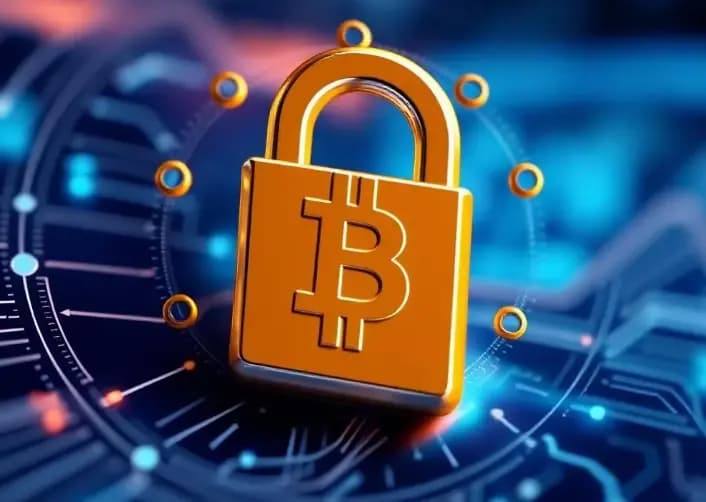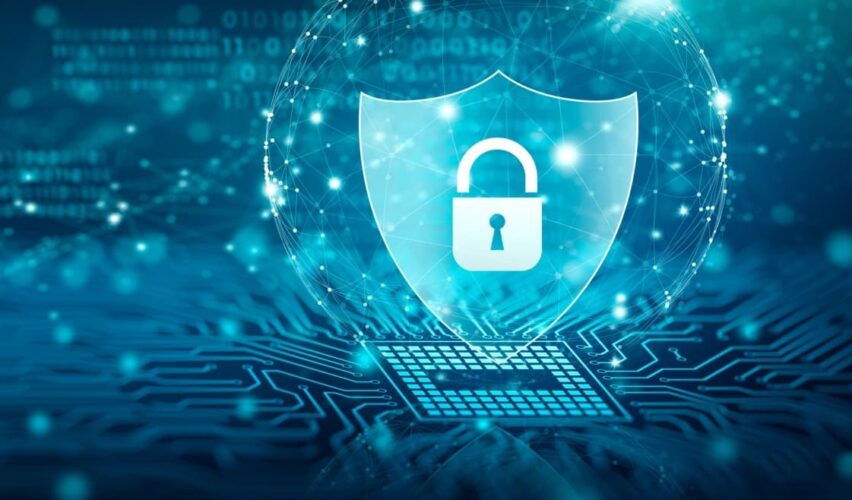In recent years, cryptocurrencies have become not only a popular way to invest, but also the target of increased attention from hackers and fraudsters. For many users, protecting digital assets has become one of the most important topics, as the loss of cryptocurrency can cause serious financial losses. In this article, we will look at key methods for protecting your cryptocurrency assets, including best practices and security tools.
Why every cryptocurrency user needs to be concerned about security
Protecting cryptocurrencies is becoming critical because as their popularity grows, so does the number of scams, hacker attacks and thefts. Unlike traditional financial systems, cryptocurrency transactions are anonymous and irreversible, making them attractive to criminals who exploit security vulnerabilities to steal funds. In addition, if cryptocurrency is lost, there are no recovery mechanisms like in the banking industry, making it impossible to recover lost assets. This makes it necessary for every user to take all possible measures to protect their digital assets, including the use of secure storage methods, two-factor authentication and caution when making transactions to minimize risks and avoid losses.
What are the dangers of security threats?
- Phishing attacks: Scammers create fake websites or send fake emails that attempt to scam users out of personal information such as logins, passwords and private keys. They may mimic official cryptocurrency platforms, which misleads even experienced users. Such data is then used to gain unauthorized access to wallets or exchanges.
- Hacking: Hackers may target cryptocurrency exchanges or online wallets to infiltrate systems and steal user funds. Attacks can include viruses, malware, or security vulnerabilities in the platforms themselves. In the event of a successful hack, it is virtually impossible to recover lost funds, as cryptocurrency transactions are anonymous and irreversible.
- Fraud with ICO and DeFi projects: Initial coin offering (ICO) and decentralized finance (DeFi) projects have become popular recently, but not all of them are legitimate. Scammers can create fake projects, luring investors to high returns, but in fact defrauding them or even disappearing completely with capital. Investors risk not only losing money, but also falling into financial traps that lead to long-term consequences.
Best practices for protecting your cryptocurrencies
Protecting your cryptocurrency assets is becoming an integral part of successful digital asset management. Applying best security practices can minimize the risks of cryptocurrency loss due to hacker attacks, fraud, or careless actions. This is especially important for those who actively use cryptocurrencies for gambling, such as bitcoin casinos – https://bonusescryptocasinos.com/.
1. Using hardware wallets
Hardware wallets are one of the most secure methods of storing cryptocurrencies. They store your private keys offline, which greatly reduces the risk of hacking. Examples of popular hardware wallets:
- Ledger Nano X
- Trezor Model T
- KeepKey
2. Two-Factor Authentication (2FA)
Two-factor authentication is an additional layer of security that requires you to enter a second code (usually sent to your phone or email) in addition to your password. This greatly reduces the risk of accounts being compromised.
Recommended 2FA methods:
- Google Authenticator
- Authy
- SMS codes (not the most secure method, but still an additional layer of protection)
3. storing cryptocurrency in different locations
Storing cryptocurrency in different locations is an important measure to improve asset security. Separating funds between multiple wallets and exchanges reduces the risk of losing all capital if one storage source is compromised or hacked. This approach is especially important for large amounts, as it limits potential losses and provides additional protection if one of the platforms is attacked or encounters technical problems. This is one of the main practices that helps to diversify risks and keep cryptocurrency safe.

4. Utilize secure networks
Using secure networks is critical to ensure the safety of your cryptocurrency transactions. Connecting to wallets and exchanges over open or public Wi-Fi networks can lead to data leaks or hacker attacks. To protect your assets, always use a VPN, which encrypts your internet traffic and hides your location, greatly reducing the risks of information interception. This helps create an additional layer of security by protecting your online transactions from possible threats and attacks.
5. Beware of phishing and scam sites
Beware of phishing and scam sites is crucial to protecting your cryptocurrency assets. Always check the URL to make sure you are on the official website of a cryptocurrency exchange or wallet and not a fake resource. Also, do not click on links in suspicious emails, as phishing attacks can lead to the theft of your identity and funds. Be careful and always check the sources you interact with online.
How do I protect my cryptocurrency transactions?
Protecting your cryptocurrency transactions is an important part of securing your digital assets. Given the high risks associated with fraud and hacker attacks, it is important to employ several effective methods to protect your funds.
1. Using Multisig wallets (Multisig)
Multisig wallets require signatures from multiple parties to complete a transaction, which greatly increases security. This is especially important for large amounts, as even if one of the keys is compromised, the other signatories can prevent unauthorized access. Multi-signature is also useful for organizations and group investors as it provides additional control and asset protection.
2. Setting limits and alerts
Many cryptocurrency wallets and exchanges offer the ability to set transaction limits and receive notifications about activity on your account. This allows you to monitor any suspicious transactions, such as large transactions or logging in from an unknown device. Setting limits and alerts helps to promptly respond to potential threats and minimize possible losses.
3. Regular software updates
Regular software updates are crucial for maintaining the security of your cryptocurrency wallets and apps, as they provide important patches and fixes for vulnerabilities. Failing to update your software can leave your wallet exposed to hacking attempts, putting your assets at risk. By consistently applying updates, you can protect your funds from emerging threats and ensure a high level of security. Remember, securing your digital assets is an ongoing process that requires constant vigilance and the use of the latest protection solutions to minimize risks and safeguard your transactions.
Final Thoughts
Securing cryptocurrency assets is not just a task that can be done once, but an ongoing process that requires diligence and awareness of potential threats. In the world of digital assets, risks are always one step ahead, and only a comprehensive approach to security, including the use of hardware wallets, two-factor authentication and exercising caution online, can effectively protect your funds. Regular monitoring and updating security measures are integral to successful cryptocurrency management. At the end of the day, being a smart investor is important, but being attentive and vigilant about security is what preserves your assets and ensures their long-term protection.




